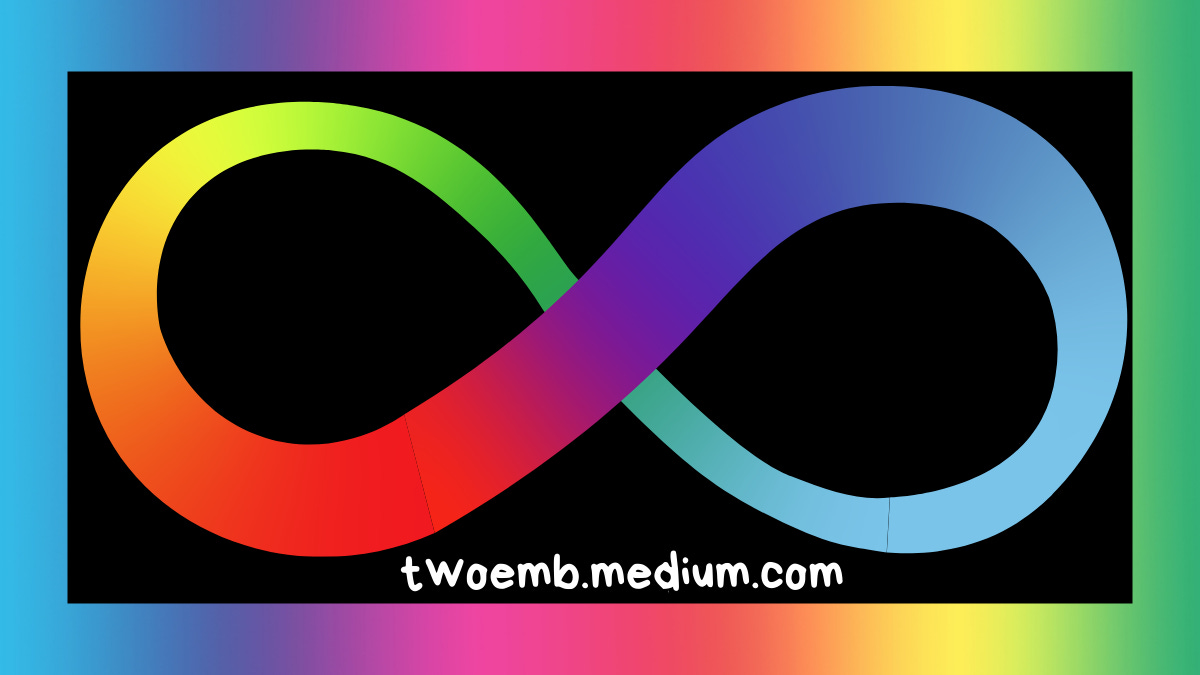The DSM-V’s Autism Criteria Sucks
It only perpetuates the “tragedy” narrative about autistic people
I mean “sucks” in the most professional, respectful way possible… but it still sucks.
DSM-V Criteria for Autism
To meet diagnostic criteria for ASD according to DSM-5, a child must have persistent deficits in each of three areas of social communication and interaction, plus at least two of four types of restricted, repetitive behaviours.
I’m going to stop you right there, DSM.
Adults can be autistic too.
Okay, go on.
A) Persistent deficits in social communication and social interaction
Deficits in social-emotional reciprocity.
Deficits in nonverbal communicative behaviours used for social interaction.
Deficits in developing, maintaining, and understanding relationships.
Let me put this as plainly as possible
A group of neurotypical clinicians who have only ever observed autistic children, primarily little white boys, got together and created this list.
“Autism is frequently talked about, but rarely is it listened to.”
— Dr. Stuart Murray
The criteria above comes purely from a neuronormative perspective, meaning it automatically assumes that the neurotypical way of communicating is superior to the autistic way of communicating.
Social-emotional reciprocity (SER) refers to an individual’s ability to engage in social interactions between two or more people. That’s it. Well I’ve never met a living, breathing human being who wasn’t capable of engaging with another in one form or another.
Whether that be through typing, Augmentative and Alternative Communication (AAC), through one’s behaviour and gestures, signed languages, handwriting, speech… to name just a few.
What the clinicians who developed this DSM criteria seem to be saying without saying it is based on neuronormative, male-centric, white-centric, child-centric ideas of what “normal” communication is “supposed” to look and sound like, our ways of communicating are thereby deemed subpar.
Approximately 2% of the population has been formally diagnosed with autism, but there are many more who are self-identified autistic or not at all identified. Regardless, there’s no doubt being part of a neurominority can pose challenges.
That said, why is it automatically assumed being in the statistical minority places autistics in a lower status, to be considered an undesirable neurotype? Oh, but do go on, DSM. Please pardon the interruption, it’s part of the ADHD thing (that’s described in a different chapter).
From what I’ve seen, plenty of neurotypicals struggle with relationships, communication, and social interactions too. I’m not sure they should be held up as the almighty neurotype to which everyone should aspire.
Back to you, DSM.
Specify current severity:
Severity is based on social communication impairments and restricted, repetitive patterns of behaviour.
B) Restricted, repetitive patterns of behaviour, interests, or activities
Stereotyped or repetitive motor movements, use of objects, or speech.
Insistence on sameness, inflexible adherence to routines, or ritualized patterns of verbal or nonverbal behaviour.
Highly restricted, fixated interests that are abnormal in intensity or focus.
Hyper- or hypo-reactivity to sensory input or unusual interest in sensory aspects of the environment.
To be clear
The intensity of our focus is abnormal? What if the majority of the population has an abnormally low intensity in how they focus on their interests?
Keep reading with a 7-day free trial
Subscribe to Neurodiversity MB to keep reading this post and get 7 days of free access to the full post archives.





